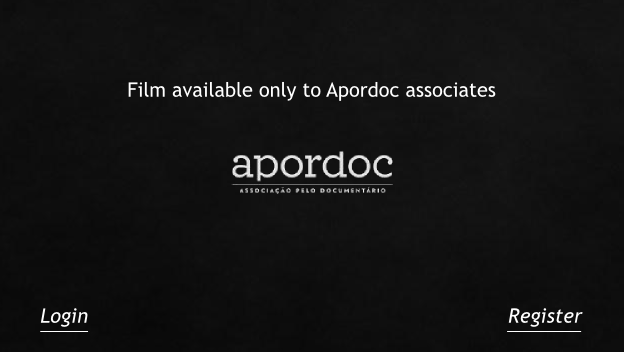
Za Żelazną Bramą (Behind the Iron Gate)
Director Heidrun Holzfeind
Countries Austria, Poland
Duration 55 min
Synopsis
The film portrays everyday life in the communist era housing estate Za Żelazną Bramą (‘Behind the Iron Gate’). The housing estate was built by a team of architects between 1965-1972 in the center of Warsaw on the ruins of the so-called Small Ghetto, an area which used to be one of the centers of Jewish life before WWII. The 19 blocks, each 16 floors high, are based on modern rational principles. They were occupied by workers, functionaries, academics and the Warsaw intelligentsia. In the 1970ies the housing estate was considered a symbol of Polish socialist prosperity and technological progress. Today the small apartments are regarded by many as substandard and an unpleasant reminder of the communist era. Of today's 25.000 inhabitants many are students, pensioners or childless couples, but also growing Vietnamese and Jewish communities have settled there. Since 1989 many post-modern apartment buildings, office towers and hotels are being built in between the blocks, destroying green areas and the original lay-out of the housing estate. I am interested in the functionality of modernist architecture today and how the spaces are adapted by its occupants according to their individual taste and needs. While one of the architects discusses the influence of communist burocracy and housing norms which for example restricted the size of apartments / living space to 11 sq meters per person, the tenants and shopkeepers talk about the functionality of the block architecture and its common spaces in their daily lives; prejudices about run-down facilities and inadequate apartment designs; noise pollution from neighbors and construction sites; social relations in the blocks – in particular prejudices against and integration of the Vietnamese and Jewish communities; how life and business has changed during the past decades – from communist rule to the arrival of capitalism. The conversations with the inhabitants are juxtaposed with recordings of daily life in and around the blocks, in hallways, apartments, lobbies, shops, parking lots, playgrounds and schools.
The film portrays everyday life in the communist era housing estate Za Żelazną Bramą (‘Behind the Iron Gate’). The housing estate was built by a team of architects between 1965-1972 in the center of Warsaw on the ruins of the so-called Small Ghetto, an area which used to be one of the centers of Jewish life before WWII. The 19 blocks, each 16 floors high, are based on modern rational principles. They were occupied by workers, functionaries, academics and the Warsaw intelligentsia. In the 1970ies the housing estate was considered a symbol of Polish socialist prosperity and technological progress. Today the small apartments are regarded by many as substandard and an unpleasant reminder of the communist era. Of today's 25.000 inhabitants many are students, pensioners or childless couples, but also growing Vietnamese and Jewish communities have settled there. Since 1989 many post-modern apartment buildings, office towers and hotels are being built in between the blocks, destroying green areas and the original lay-out of the housing estate. I am interested in the functionality of modernist architecture today and how the spaces are adapted by its occupants according to their individual taste and needs. While one of the architects discusses the influence of communist burocracy and housing norms which for example restricted the size of apartments / living space to 11 sq meters per person, the tenants and shopkeepers talk about the functionality of the block architecture and its common spaces in their daily lives; prejudices about run-down facilities and inadequate apartment designs; noise pollution from neighbors and construction sites; social relations in the blocks – in particular prejudices against and integration of the Vietnamese and Jewish communities; how life and business has changed during the past decades – from communist rule to the arrival of capitalism. The conversations with the inhabitants are juxtaposed with recordings of daily life in and around the blocks, in hallways, apartments, lobbies, shops, parking lots, playgrounds and schools.